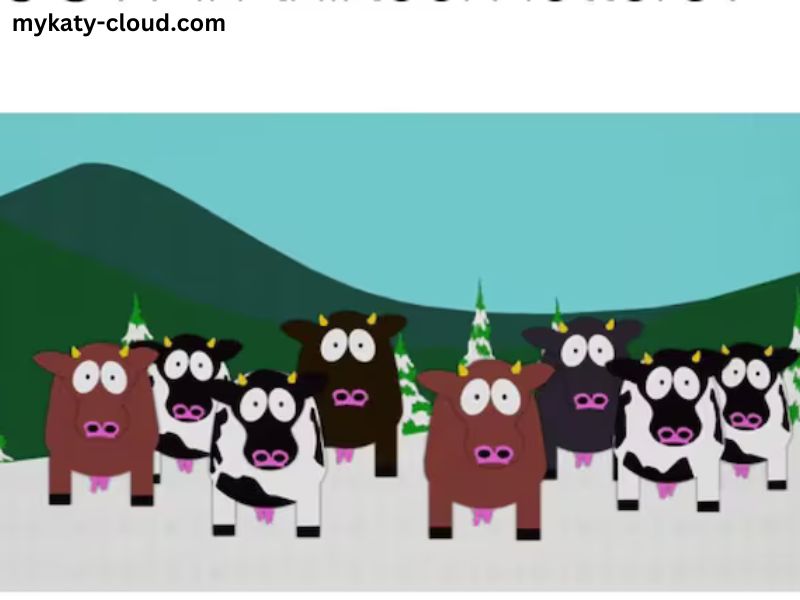In the vast world of language, spelling can sometimes seem whimsical, especially when we encounter challenges that spark our curiosity. One such challenge is the question, “How do you spell cow in 13 letters?” This article delves into the intricacies of language, humor, and the clever wordplay that leads us to such an amusing conundrum. Along the way, we’ll explore the word’s meanings, cultural significance, and much more, ensuring a comprehensive and engaging read.
Understanding the Basics
At its core, the question of spelling “cow” in 13 letters might appear absurd. The word “cow” is a simple three-letter term that refers to a domesticated bovine, commonly raised for milk, meat, and leather. The simplicity of the word belies the complexities of language and the way we manipulate it for fun, education, or creativity.
The Wordplay Behind “Cow”
The inquiry into spelling “cow” with an extensive 13-letter term is fundamentally rooted in wordplay. Language enthusiasts often enjoy taking straightforward words and stretching them into elaborate forms. This could involve using synonyms, phrases, or humorous reinterpretations that capture the essence of the original word while expanding its length.
Clever Alternatives
One of the most entertaining ways to spell “cow” in 13 letters is through a phrase that describes what a cow is. For instance, “large domesticated bovine” fits the bill perfectly. While this phrase effectively conveys the meaning of “cow,” it certainly does not encapsulate the brevity and simplicity of the original word.
Another humorous approach could be a playful phrase like “the animal that moos,” which conveys not only the essence of a cow but also invites a smile. Such creative expressions exemplify the versatility of language and its ability to entertain.
The Importance of Cows
To fully appreciate the word “cow,” it’s essential to understand its significance in various contexts. Cows have been vital to human civilization for thousands of years, contributing to agriculture, economy, and culture.
Historical Significance
Cows have been domesticated for over 10,000 years. Early agricultural societies relied on them for milk, meat, and labor. The role of cows in sustaining communities cannot be overstated. They have served as a source of nutrition and have been integral to farming practices.
Economic Impact
In modern times, the dairy and beef industries continue to thrive, making cows essential to the economy. From dairy products like cheese, yogurt, and milk to beef, cows significantly impact global markets. Many cultures celebrate cows for their contributions, with festivals dedicated to these animals, highlighting their importance in both rural and urban settings.
Cultural Symbolism
Cows also hold cultural significance in many societies. In Hinduism, for instance, the cow is revered as a sacred animal, embodying non-violence and motherhood. This reverence extends to various rituals and practices that emphasize the cow’s spiritual importance.
Wordplay in Language
Engaging with language through wordplay encourages creativity and cognitive flexibility. Here are a few common forms of wordplay that can lead to unique interpretations:
Puns
Puns are humorous plays on words that exploit multiple meanings or similar sounds. For example, a joke like “Why did the cow cross the road? To get to the udder side!” exemplifies how puns can lighten discussions about even the most mundane topics.
Alliteration
Alliteration involves the repetition of the same initial consonant sound in a series of words. Phrases like “Cows are cuddly creatures” create a rhythmic quality that makes language engaging and memorable.
Acrostics
An acrostic uses the first letter of each word to form a phrase. For instance, if we create an acrostic using “C.O.W.”, we could come up with “Cows Offer Wisdom,” showcasing the playful nature of language.
The Linguistic Journey
Let’s take a step back and consider the broader implications of our original question about spelling “cow” in 13 letters. Engaging with such inquiries can deepen our appreciation for language and its nuances.
Expanding Vocabulary
Exploring alternative phrases enriches our vocabulary and comprehension. Each language has its unique idioms, metaphors, and synonyms, providing endless opportunities for exploration.
Cognitive Benefits
Engaging with language, especially through humor and creativity, enhances cognitive functions. It fosters problem-solving skills, critical thinking, and mental flexibility. These benefits extend beyond language, influencing our ability to navigate various life situations.
Cultural Exchange
Language is a bridge between cultures. Through wordplay, we can engage with different perspectives and appreciate diverse ways of thinking. The exploration of words and their meanings fosters connection, curiosity, and understanding across cultural boundaries.
Conclusion
In the end, the question of how to spell “cow” in 13 letters is not just about the literal spelling but also an invitation to explore the beauty and complexity of language. From historical and cultural significance to the joy of wordplay, this inquiry reveals the multifaceted nature of communication.
As we’ve seen, humor and creativity can transform the simplest concepts into engaging dialogues. So, the next time you find yourself pondering the spelling of “cow” or any other seemingly straightforward word, remember the whimsical journey of language and the richness it brings to our lives. Embrace the playfulness, and you’ll discover that even the simplest words can lead to profound insights and delightful discoveries.




